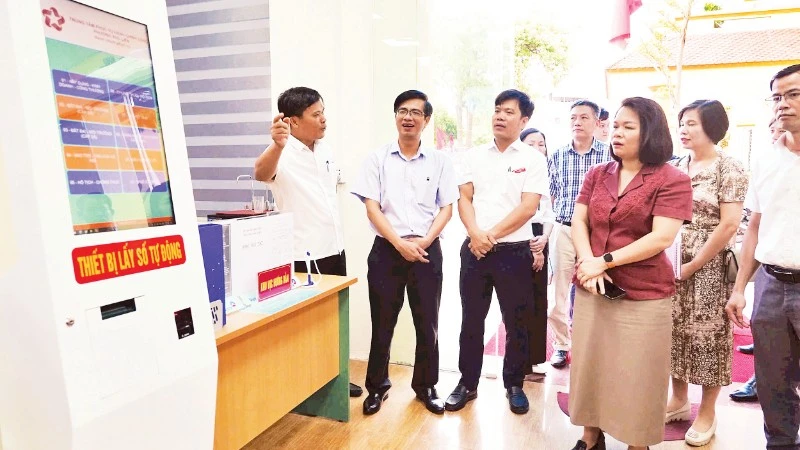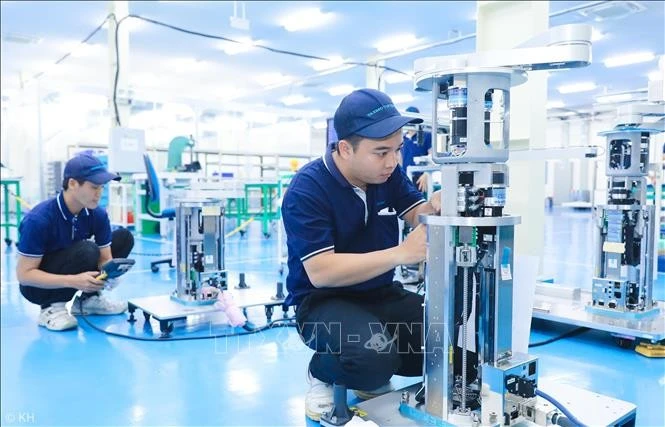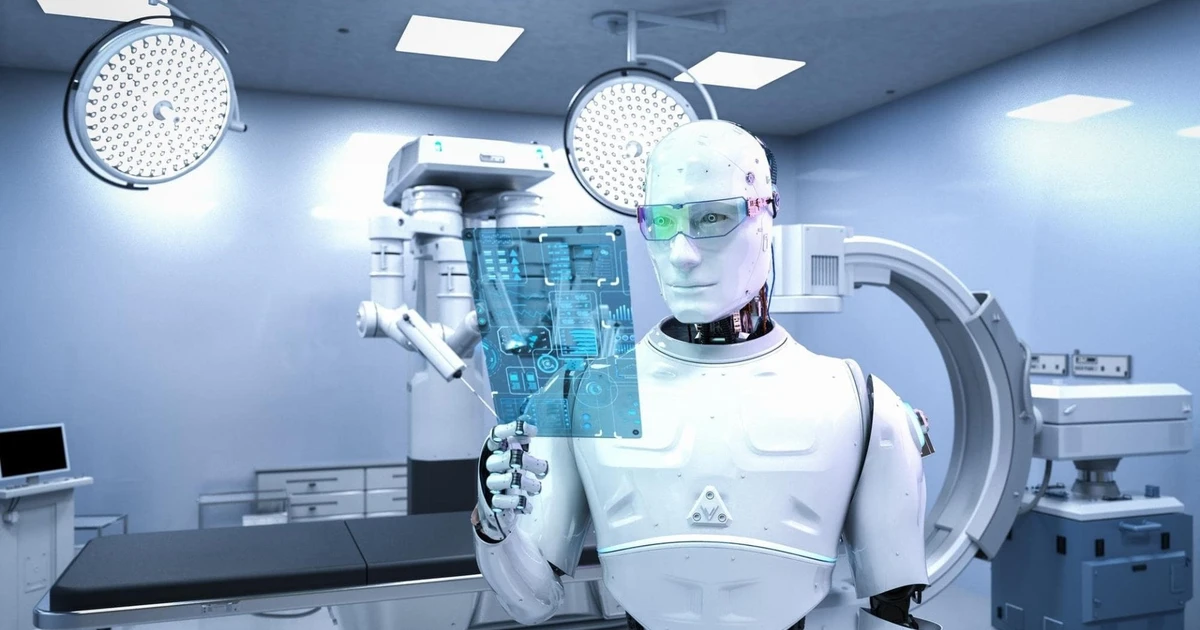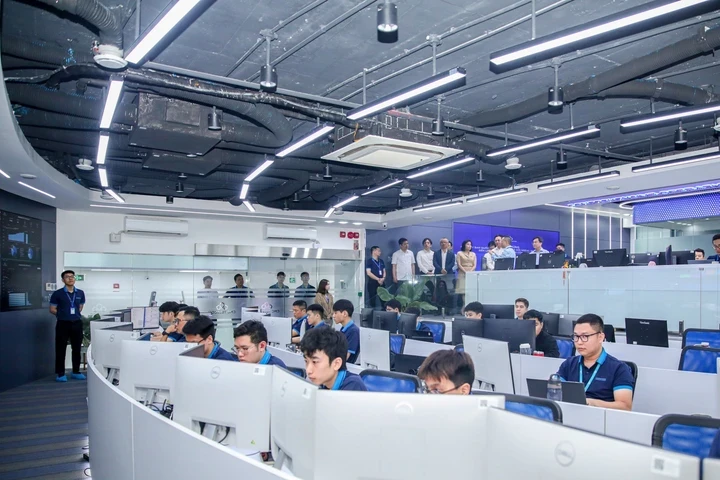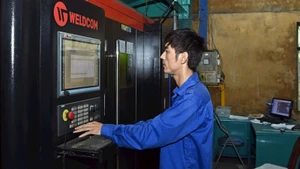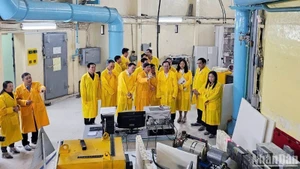This design represents a breakthrough in Viet Nam’s semiconductor sector, affirming the ability of Vietnamese engineers - particularly from Diginal, a subsidiary of CT Group - to independently design chips and master core technologies.
A strategic technology for all nations
In the age of comprehensive digital transformation and the development of digital twins, smart devices and systems must be capable of accurately "sensing," "understanding", and "responding" to the real world.
Analog-to-Digital Converter (ADC) and Digital-to-Analog Converter (DAC) are the essential “bridges” that collect and convert physical signals into digital data, laying the foundation for simulation, optimisation, and real-time operations. These functions are critical for building digital twins and accelerating digital transformation across all sectors.
Many people still do not fully understand what these chips can do. When asked about this issue, the AI tool ChatGPT explained that ADC and DAC are indispensable interfaces that allow electronic devices to perceive and interact with the surrounding world. ADC converts analog signals - such as sound, light, and temperature - into digital signals that chips can process, while DAC perform the reverse, enabling control of speakers, motors, or sensor systems.
In smart agriculture, ADC and DAC chips support sensors that measure soil humidity, temperature, and quality, as well as control automated irrigation systems - helping optimise yields and conserve resources.
For autonomous vehicles, these chips play a pivotal role in camera systems, LiDAR sensors, radar, and smart driving technologies, enabling vehicles to quickly detect and respond to real-time situations.
In AI devices and consumer electronics, ADC and DAC are embedded in microphones, headphones, smart speakers, and virtual reality (VR) equipment, ensuring realistic and seamless audio-visual reproduction.
In healthcare, they are used in ultrasound machines, heart rate monitors, and diagnostic imaging equipment (CT, MRI), significantly enhancing diagnostic precision and reliability.
Because of their wide range of applications, ADC and DAC chips are considered indispensable bridges between the physical and digital worlds, serving as foundational components in the modern technological era.
More importantly, semiconductor chips are key enablers of comprehensive digital transformation. They support the creation of digital twins for complex systems, enabling real-time data connection, analysis, and processing at massive scale.
Mastering semiconductor chip technology means possessing the “key” to developing an independent digital economy, strengthening competitiveness, and safeguarding national security in the digital age.
Why is the ADC chip important for Viet Nam?

In the third phase of digital transformation - the most advanced stage, centred on AI, the Internet of Things (IoT), Big Data, and full-scale automation - the ability to digitise the physical world has become a fundamental requirement. The ADC (Analog-to-Digital Converter) chip is a core component responsible for this task.
From a technical standpoint, the ADC converts continuous analog signals (e.g., sound, light, temperature, pressure) into digital signals, allowing microcontroller (MCU), FPGA, or AI systems to process the data and make quick and accurate decisions. Critical technical parametres such as resolution, sampling rate, and noise level directly impact the accuracy, reliability, and overall performance of the system.
In today’s stage of digital transformation, systems must be capable of real-time data acquisition and analysis, while handling massive volumes of information with ultra-low latency.
The ADC serves as the “gateway” for connecting billions of sensors across IoT platforms, operating industrial robots, controlling autonomous vehicles, optimising smart factory production lines, and supporting precision medicine applications.
For Viet Nam, independently designing and developing ADC chip not only enhances national technological capabilities but also elevates the country’s position within the global value chain, particularly in front-end design and system-level optimisation, which are the stages that offer the highest added value.
Mastering core technologies helps to reduce reliance on imported strategic components, increase localisation rates, and ensure quality control and cybersecurity from the very first stage.
More importantly, the ADC chip plays a foundational role in building digital ecosystems, from smart cities, smart grids and precision agriculture to digital healthcare. It serves as a springboard for Viet Nam to develop high-tech, intelligent “Make in Viet Nam” products that are ready to compete in the international market.
Therefore, the ADC chip is not only an electronic component but also considered a technological “key” that can help propel Viet Nam forward in its comprehensive digital transformation and assert its position on the global technology map.



